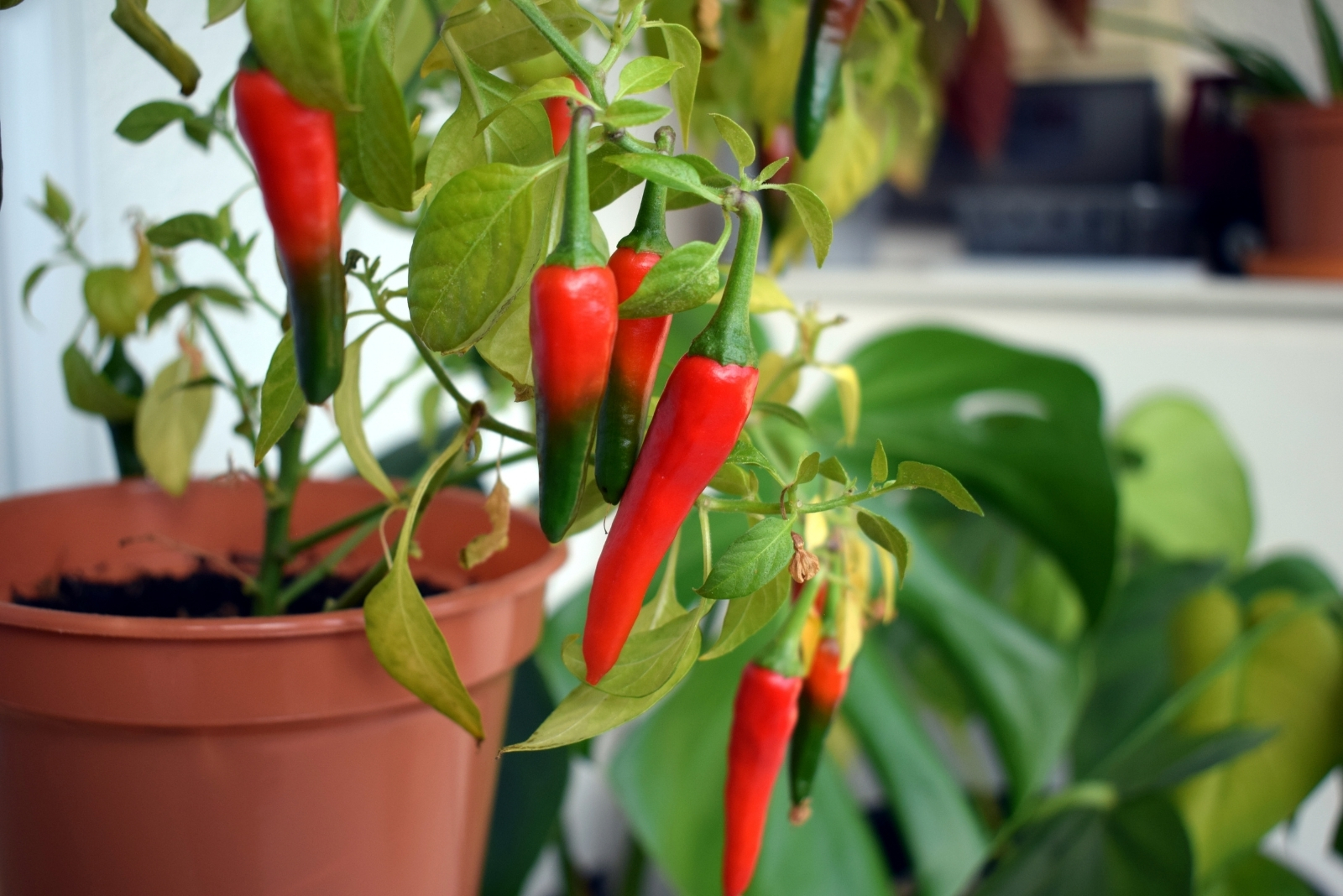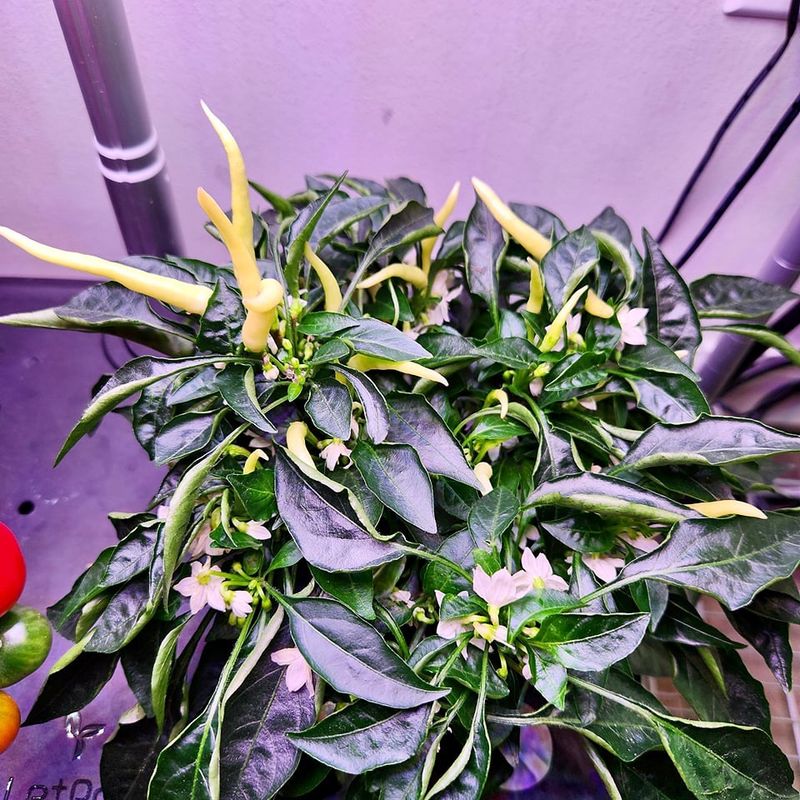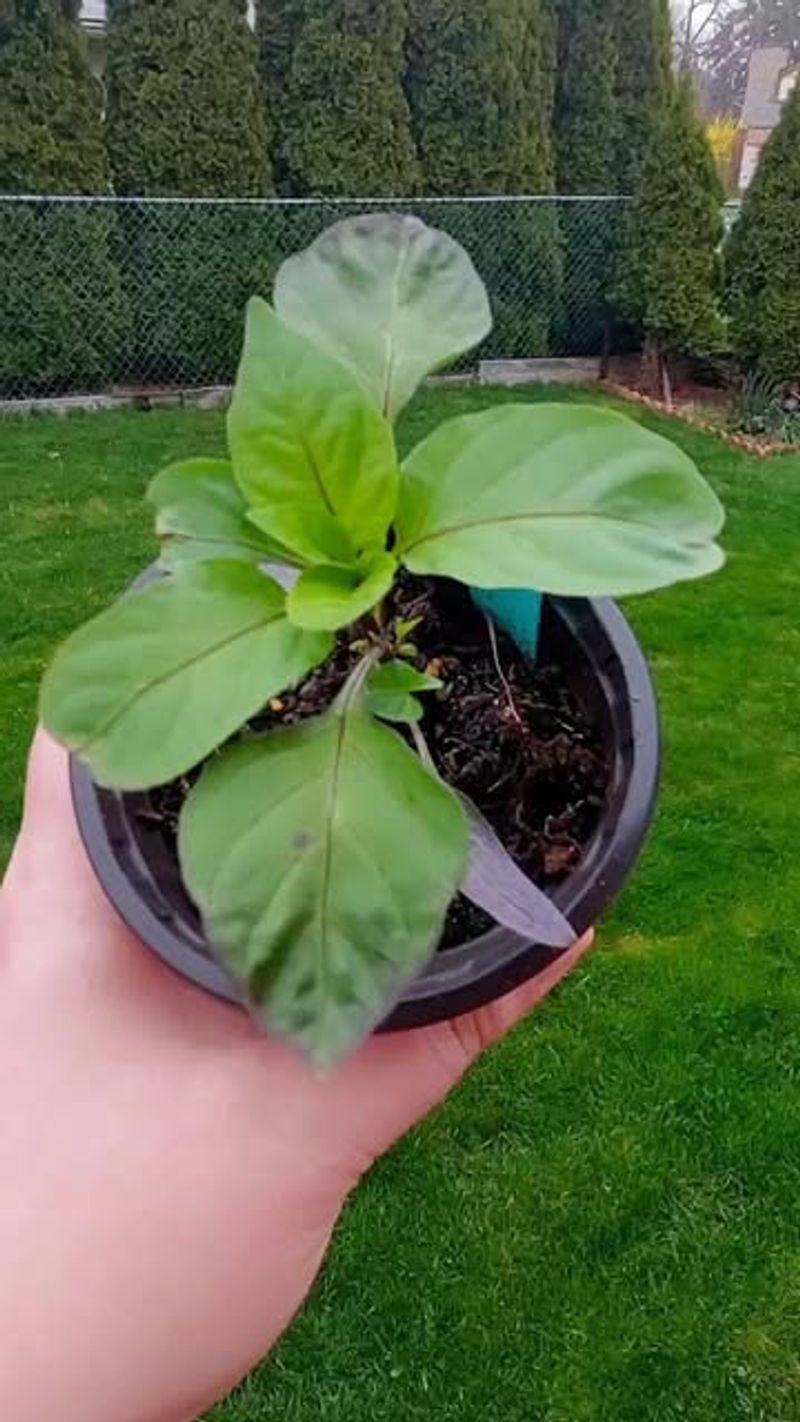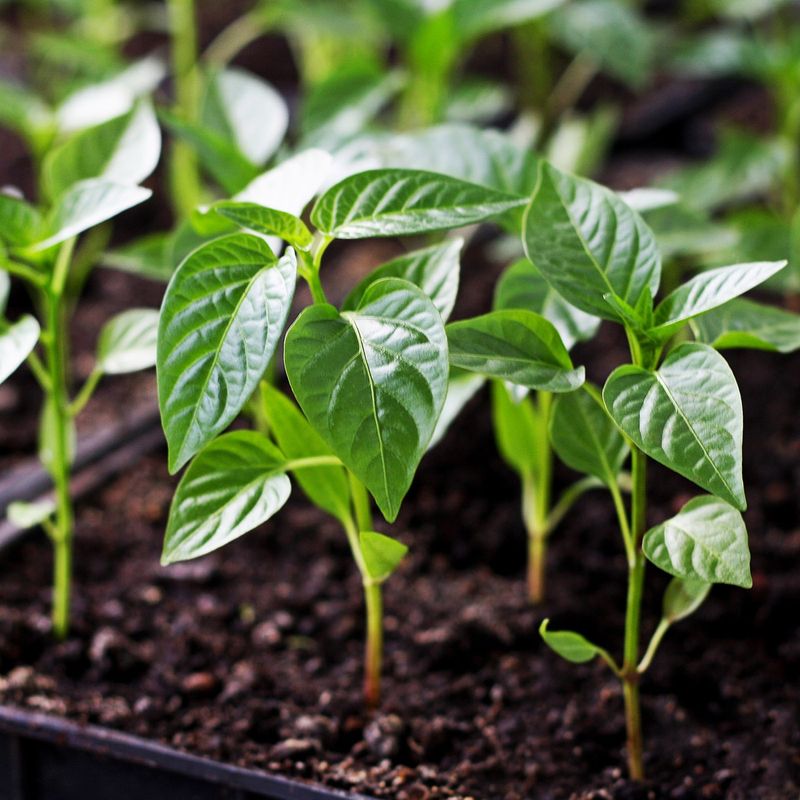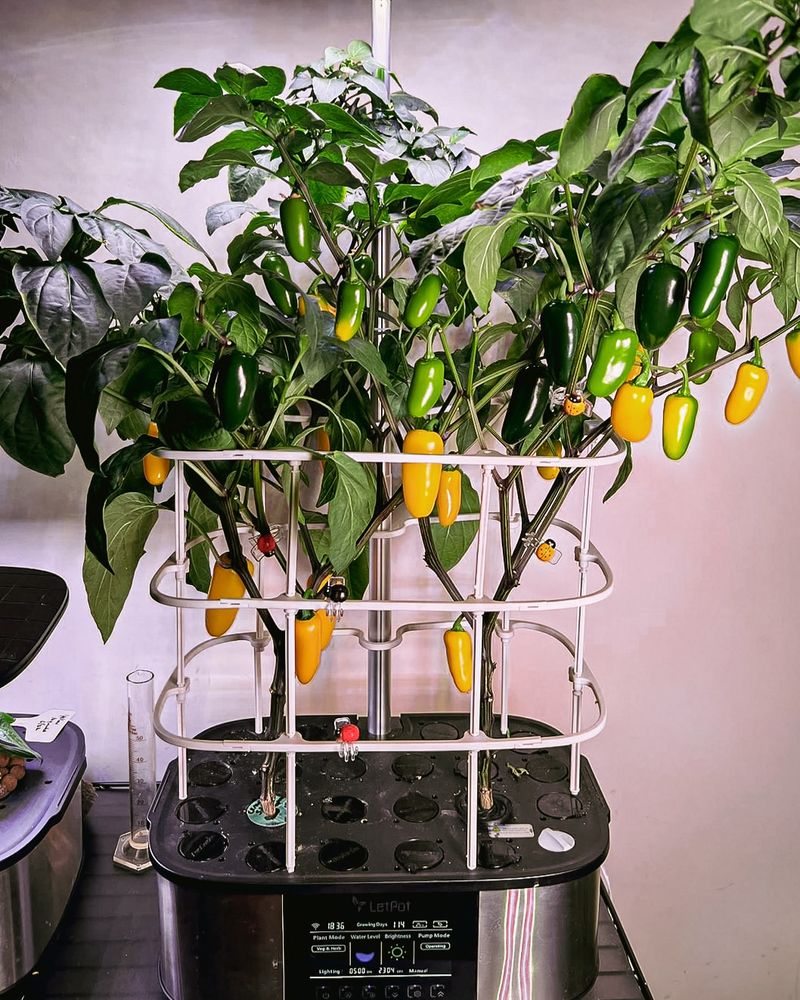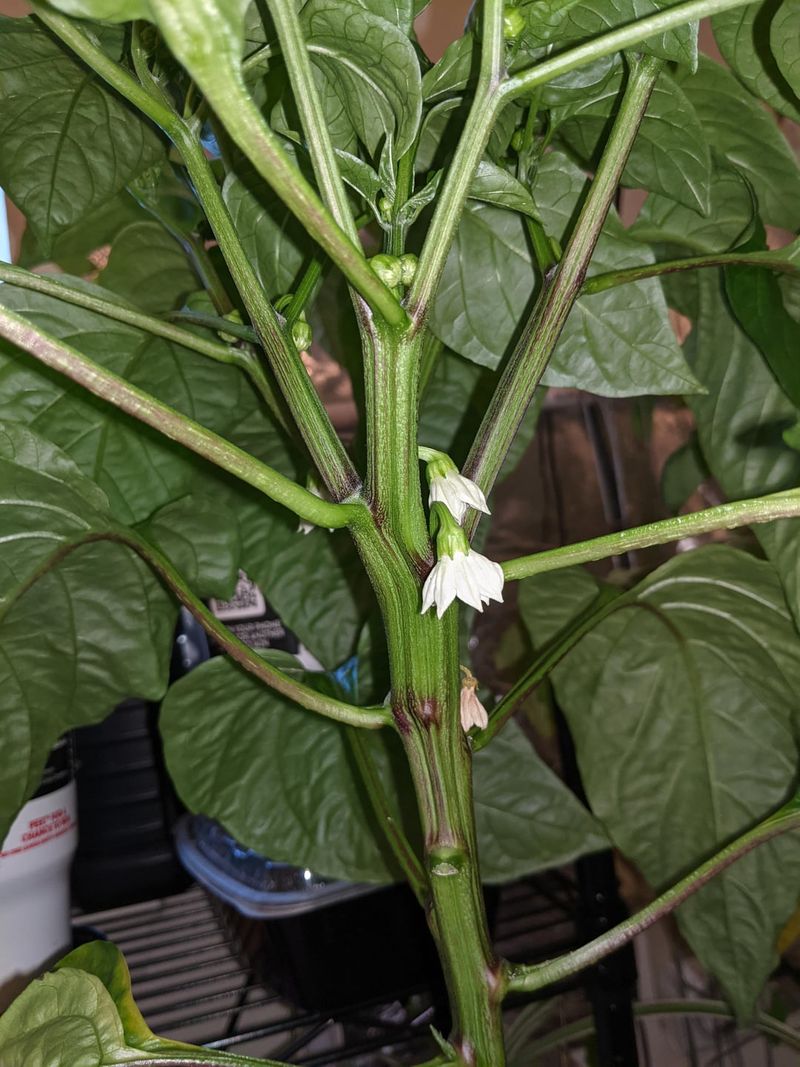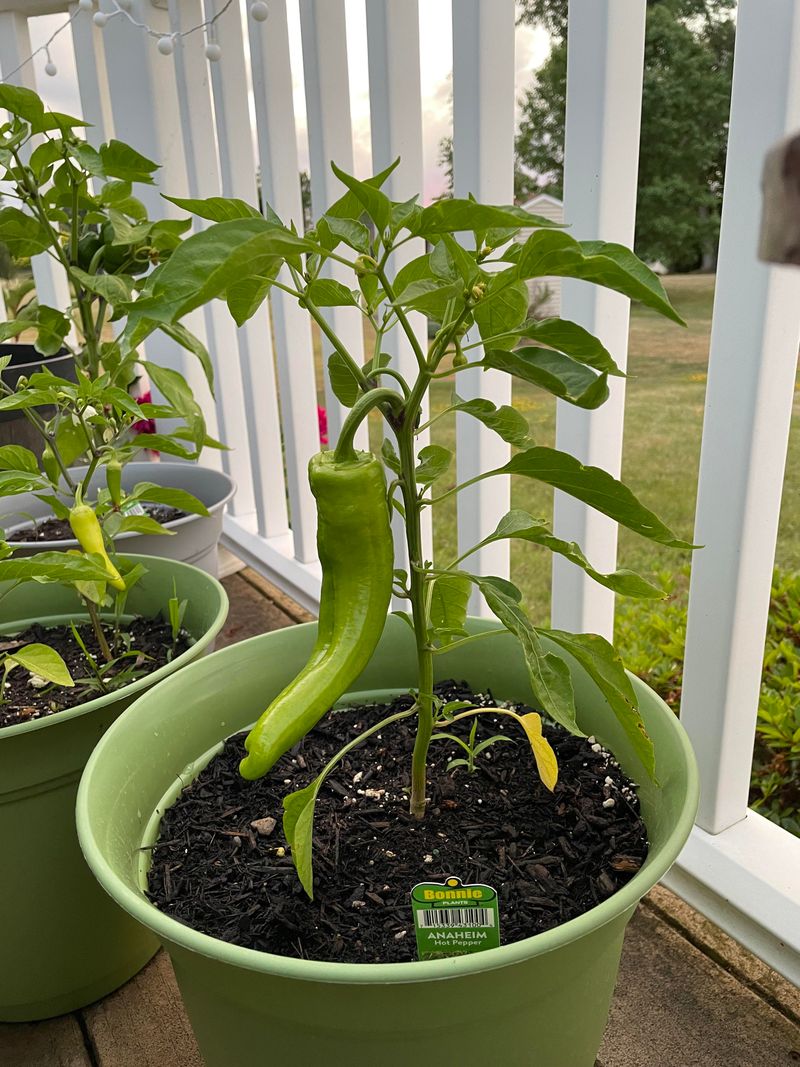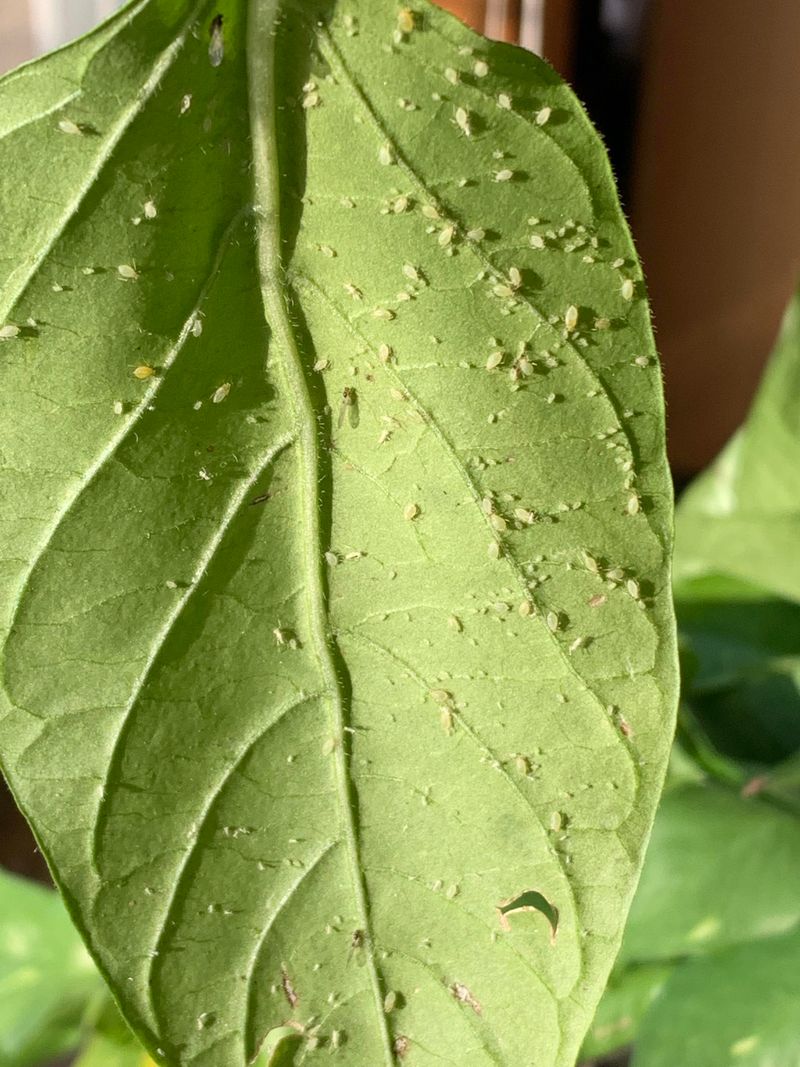Growing peppers indoors in New York lets you enjoy fresh, spicy flavors all year long. I started with just a few pots on my windowsill and was amazed at how well they thrived.
With the right light, water, and a little attention, peppers can keep producing even through the coldest months. It’s so satisfying to pick your own peppers for cooking anytime you want.
I’ll share the tips that keep my indoor pepper plants healthy and fruitful all year.
1. Choose The Right Varieties
Compact pepper varieties like Thai chili, Hungarian wax, and ornamental peppers thrive in indoor settings. These petite powerhouses produce abundant fruit without taking up too much space in your New York apartment.
Look for varieties labeled ‘container-friendly’ or ‘dwarf’ at local garden centers across the state. Smaller peppers typically mature faster, giving you quicker harvests while growing indoors.
2. Maximize Light Exposure
During New York’s short winter days, supplemental lighting becomes essential. Position grow lights 12-18 inches above plants and run them 14-16 hours daily to mimic summer conditions.
South-facing windows provide natural light but rarely suffice during the state’s gloomy winters. Full-spectrum LED grow lights are energy-efficient and deliver the intense light peppers need to produce fruit year-round.
3. Maintain Proper Temperature
Peppers need warmth to thrive – aim for daytime temperatures between 70-80°F and nighttime no lower than 65°F. Many New Yorkers place their plants on heating mats during winter months to maintain root warmth.
Avoid placing plants near drafty windows or air vents that create temperature fluctuations. The consistent indoor climate you create helps peppers flourish despite the freezing temperatures outside your New York home.
4. Control Humidity Levels
Winter heating systems in New York homes can create desert-like conditions. Use humidity trays (water-filled trays with pebbles) beneath pots or run a small humidifier nearby to maintain 50-60% humidity.
Group plants together to create a microclimate that retains moisture. Misting leaves occasionally helps, but avoid wetting the flowers as this can prevent proper pollination in your indoor pepper garden.
5. Perfect Your Watering Routine
Indoor peppers need consistent moisture without becoming waterlogged. Test soil by inserting your finger an inch deep – if it feels dry, it’s time to water thoroughly until it drains from the bottom.
New York’s dry winter air increases evaporation, so check plants more frequently during heating season. Always use room-temperature water, as cold water can shock the roots and slow growth.
6. Use The Right Containers
Select containers at least 12 inches deep with ample drainage holes. Fabric pots work wonderfully in New York apartments because they prevent root circling and promote air circulation around the root zone.
Avoid dark-colored containers that can overheat roots when placed in direct sunlight. Terracotta pots are excellent choices as they allow excess moisture to evaporate through their porous walls.
7. Implement Hand Pollination
Without natural pollinators in your New York apartment, you’ll need to play matchmaker. Gently shake flowering plants daily or transfer pollen between flowers using a small paintbrush or cotton swab.
Focus pollination efforts during midday when pollen is most viable. This simple step significantly increases fruit production and ensures your indoor pepper plants remain productive throughout the state’s long winter months.
8. Feed Appropriately
Indoor peppers need regular feeding with balanced, water-soluble fertilizer diluted to half-strength every two weeks. Look for formulations with slightly higher phosphorus to encourage flowering and fruiting.
Many successful New York indoor gardeners supplement with organic options like worm castings or compost tea. Always follow package directions carefully to avoid fertilizer burn that can damage your precious indoor plants.
9. Prevent Pest Problems
Inspect plants weekly for common pests like aphids and spider mites that thrive in New York’s dry indoor winter environments. Introduce beneficial insects like ladybugs or apply insecticidal soap for natural control.
Improve air circulation with a small fan to discourage fungal issues. Isolate new plants for a week before introducing them to your indoor garden to prevent bringing unwanted pests into your pepper-growing sanctuary.

